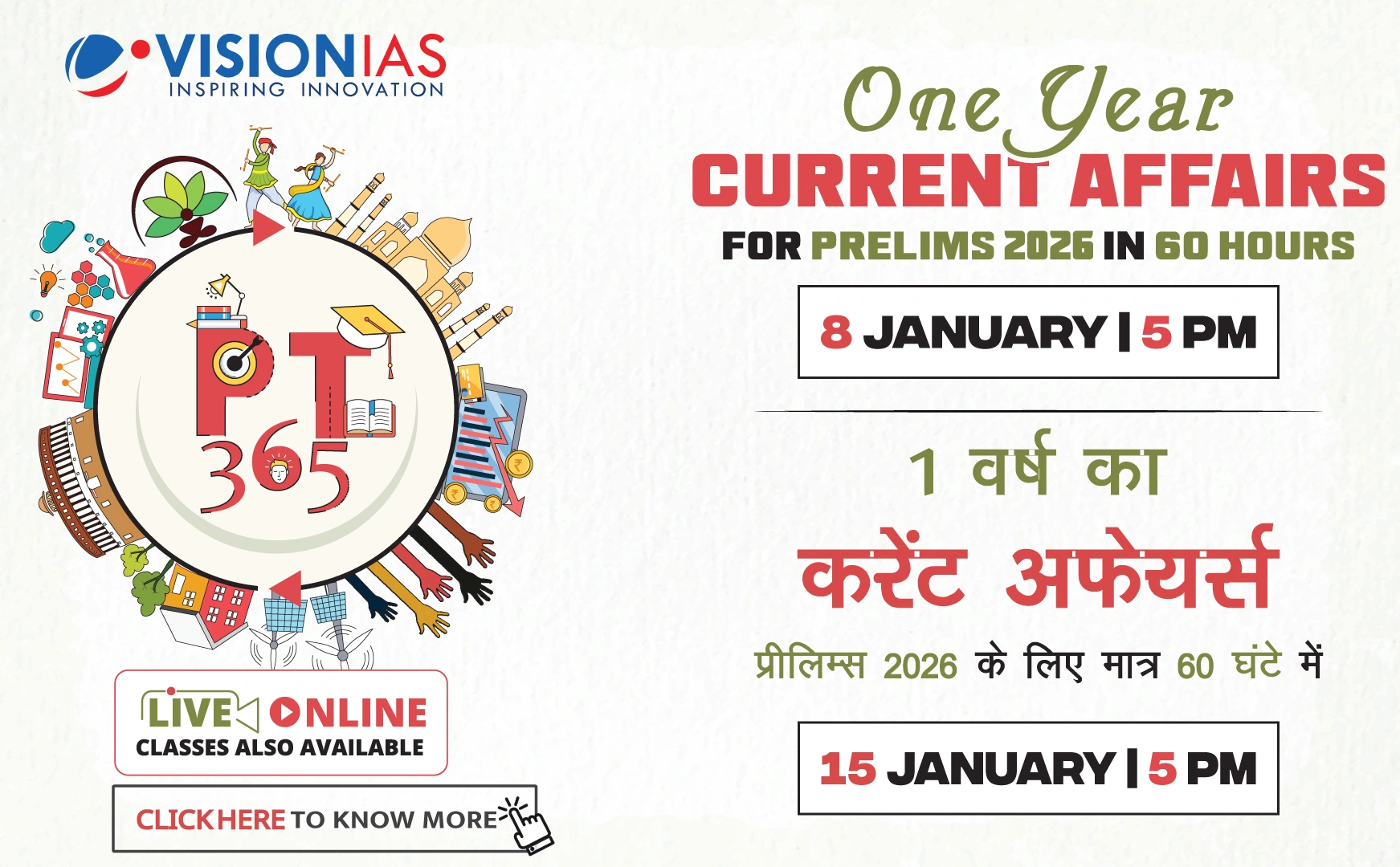Supreme Court Directions on Organ Donation and Allocation
The Supreme Court has issued several directives to the Central Government to establish a national policy and standard rules for organ donation and allocation in consultation with the States.
Key Directives Issued by the Supreme Court
- A national policy with "model allocation criteria" for organ transplants should be developed to address gender and caste biases and establish uniform donor criteria nationwide.
- States like Karnataka, Tamil Nadu, and Manipur are urged to adopt the 2014 Transplantation of Human Organs and Tissues Rules promptly.
- States lacking a State Organ and Tissue Transplant Organisation (SOTO) such as Manipur, Nagaland, Andaman and Nicobar, and Lakshadweep, should have these bodies constituted under the National Organ Transplantation Programme.
- Guidelines for the welfare of live donors must be evolved to prevent their exploitation and ensure post-donation care.
- Amendments to birth and death registration forms (Form 4 and 4A) are required to indicate brain death and whether organ donation was offered to the family.
Concerns Highlighted by the Supreme Court
- The lack of a consolidated national database for donors and recipients, which hampers organ transplant processes across states.
- Organ transplants remain accessible mainly to certain classes, with significant class and gender disparities.
- Ninety percent of transplants occur in private hospitals, with minimal representation from public hospitals in the organ donor registry.
Previous Court Orders
The court had previously directed the Centre to gather comprehensive data on the implementation and adoption of organ transplant laws, including the 1994 Act, its 2011 amendment, and the 2014 rules. The report is due by July 18, 2025, covering various aspects such as:
- Cadaver versus live donor ratios
- Gender disparities in donation and receipt
- Awareness efforts
- Financial assistance
- Policies on swap transplantation
- Organ allocation procedures
- Availability of hospitals for single and multi-organ transplants



